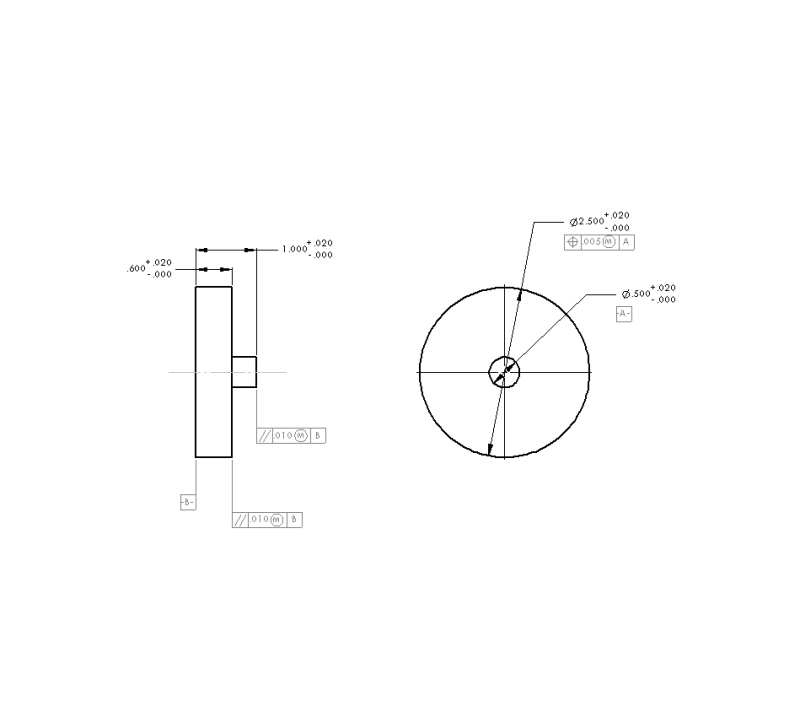gabimo
Mechanical
- May 2, 2013
- 124
Are the parallelism calouts correct in Y14.5? Also how to inspect these orientation callouts at MMC?
Thank you
Gabi

Thank you
Gabi

Follow along with the video below to see how to install our site as a web app on your home screen.
Note: This feature may not be available in some browsers.
CheckerHater said:“To control parallelism of derived middle plane,
a) controls must be attached to appropriate FOS dimensions.”
